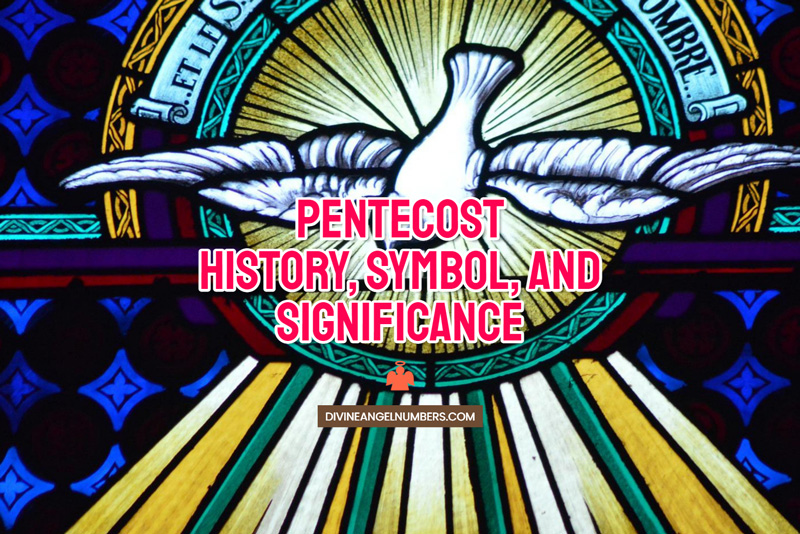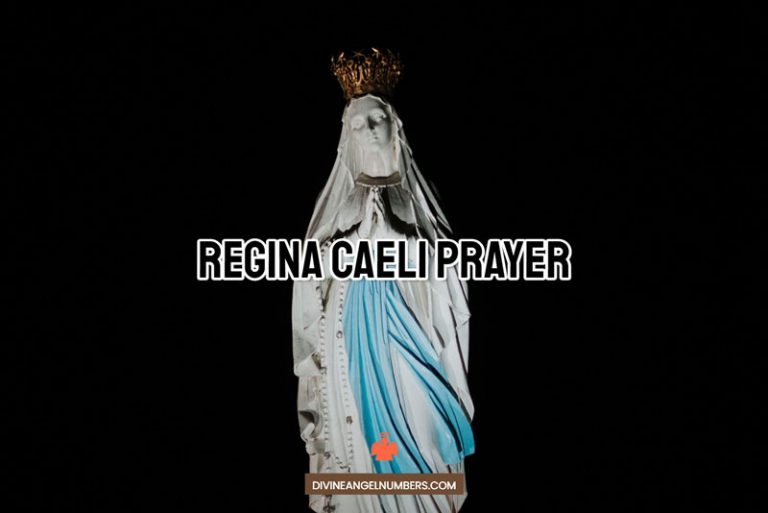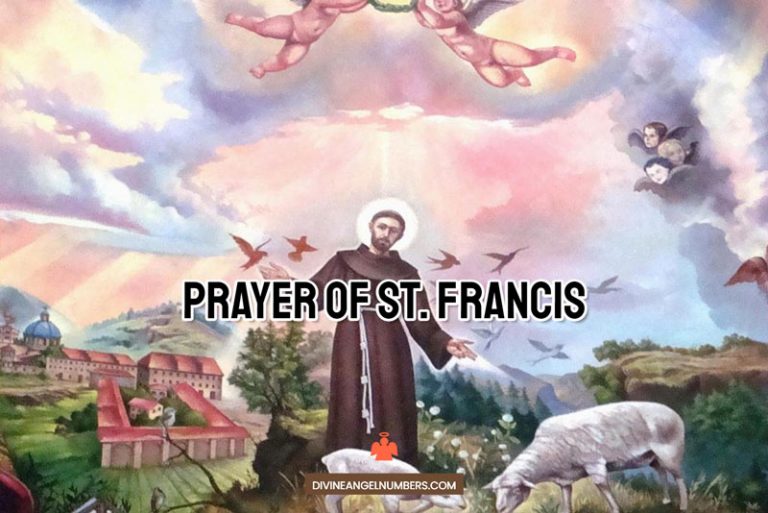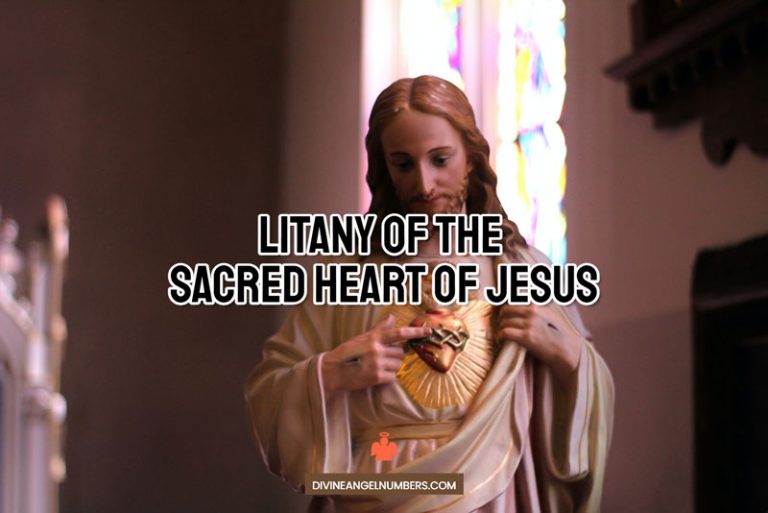Pentecost day commemorates the day on which the Holy Spirit descended on Jesus Christ’s disciples. According to Biblical accounts, powerful wind and tongues of fire swept across the people of Jerusalem as the Holy Spirit descended.
At the first Pentecost, the church was established and over 3000 people were baptized. Just like December 25th is considered the birthday of Christ, Pentecost Day is considered the birthday of the Christian Church. However, unlike Christmas Pentecost is a movable observance.
The word Pentecost comes from the Greek word fiftieth. Shavuot, the Jewish festival of Pentecost also falls 50 days after the original Passover. While Shavuot celebrates the day on which God gave the Torah to Moses, the Christian Passover on the other hand commemorates the Holy Spirit descending on Jesus’s disciples 50 days after his resurrection.
Because Easter is a moveable feast without a fixed date everywhere, therefore, so is Pentecost as it depends on the timing of Easter. Usually, Pentecost falls somewhere between May 10 and June 13.
In the Catholic Church days prior to Pentecost, nine days of prayer known as the Novena is performed in accordance with Acts 1. In Acts 1, Mary and the Apostles prayed together continuously for nine days after the Ascension and leading up to Pentecost.
History
In Judaism, the Festival of Weeks or Shavuot is a harvest festival that is celebrated for seven weeks and one day after the first day of Passover. During the Hellenistic period, the harvest festival also became known as a day of renewing the Noahic covenant.
According to the Talmud, the Noahic Covenant is a set of universal morals for the sons of Noah given by God. These seven laws of Noah include a prohibition against cursing God, sexual immorality, theft, worshipping idols, murder, adultery, and eating the flesh torn from a living animal, along with the obligation to establish courts of justice.
The events that take place in Acts Chapter 2 are set against the backdrop of the celebration of Pentecost in Jerusalem. In this chapter, the author notes that on the day of Pentecost, all of Jesus’s disciples were in one place. The day is filled with a sense of fulfillment.
As the Holy Spirit descended upon the disciples there was a mighty rushing of wind and all the disciples started speaking in a multitude of different languages. This event indicates that the promise Christ had made to his followers that they will be baptized by the Holy Spirit was fulfilled.
According to Peter’s sermon in Acts 2:14-36, the first Pentecost marked the start of the Messianic Age. They also stress the themes of resurrection and exaltation as can be understood from this passage, “’And in the last days,’ God says, ‘I will pour out my spirit upon every sort of flesh, and your sons and your daughters will prophesy and your young men will see visions and your old men will dream dreams.”
Many scholars believe that while some features of the Pentecost narratives are Theological constructions and not literally true, however, they do signify an important day in the history of the Church which enabled the rapid spread of Christianity throughout the Roman Empire and subsequently in the world.

Western vs. Eastern Churches
Several Eastern Churches such as the Coptic Orthodox Church of Alexandria considered Pentecost to be one of the seven Major “Lord’s Feasts.” After Easter, Pentecost is considered the highest ranking Great Feast of the Lord in the Eastern Orthodox Church. Pentecost is celebrated with an all-night vigil on the eve of the feast day and with a Divine Liturgy on the day of the feast itself.
Green objects, leaves, and flowers are often used to decorate Eastern Orthodox Churches. It has been observed that the Pentecost celebrations in the Eastern Orthodox Churches are similar to the celebrations of the Jewish holiday of Shavuot, which commemorates God giving Noah the Noahic Covenant.
The Pentecost feasts last for three days and include the Trinity Sunday, the Spirit Monday, and the Third day of the Trinity. The Afterfeast of Pentecost lasts for one week, during which fasting is not permitted, even on Wednesday and Friday.
The sacred liturgical color during the Pentecost feast during the Pentecost season is green. Therefore, devotees and the clergy alike carry flowers and branches during the service.
During the Pentecost service, the Kneeling Prayer is observed. The Kneeling Prayer is considered a Vespers service, which means that it is a service of evening prayer during one of the canonical hours. When the composition of Basil the Great is read, the entire church has to make a full prostration, which includes touching their foreheads to the floor.
Fun Fact: People are forbidden from making a full prostration in the Church from the day of Easter up until this point.
In Western Churches, the Pentecost celebrations are richer in comparison to the Eastern Churches. The mainstay of Pentecost iconography in Western Christian art is the Virgin Mary seated centrally and prominently amongst Jesus’s disciples with crowns of flames resting on their heads. Sometimes they also include parting clouds to suggest mighty winds, along with rays of light and doves.
In his 1st century notes, St. Paul notes the importance of Pentecost to the early Christian communities. For many years Pentecost Monday was considered one of the Holy Days of Obligation within the Catholic Church, however, it is no longer solemnized but is rather a simple holiday. On the other hand, in many Protestant churches, Pentecost Monday still remains an official festival.
Unlike Eastern Churches, red is considered the main color of Pentecost in Western Christianity as it symbolizes joy and the cleansing fire of the Holy Spirit. Priests, ministers, and even churchgoers wear red vestments and clothing. The church is decorated with red banners that are hung from walls or ceilings to symbolize the mighty wind and the free movement of the Spirit.
Protestants set aside the nine days between Ascension Day and Pentecost day as a time of fasting and universal prayer in honor of the dedication and unity the disciples depicted while awaiting the Holy Spirit. On the other hand, Roman Catholics pray the special Pentecost Novenas. Leading up to the day of Pentecost, Catholics and Protestants both hold prayer vigils, spiritual retreats, and litanies.
Symbols of the Pentecost
Symbolism plays an important role in all religions around the world as it allows us to understand the meaning of life and the important role religion plays in it in simple terms.
Symbols help us grasp the true nature of God and his nature which is otherwise incomprehensible and beyond human imagination. There are certain symbols that allow us to understand the full power, strength, and depth of the Holy Spirit on the occasion of Pentecost.
1) Wind: There are many accounts in the Bible where it states that the wind or the breath of God brought the creations of God to life. Many passages in the Bible state that the Holy Spirit is found in the whispering wind.
2) Fire: Fire has long been considered a symbol of God. It represents the Holy Spirit and the ways in which it filled the Apostles with enthusiasm, replacing their fears with the courage to go forth and share Christ’s story. Fire gives us courage, and strength, and makes us bold. That is why we light candles in our homes, sanctuaries, and retreats.
3) Red: The color of liturgical vestments on Pentecost, representing the dynamism of the Holy Spirit and the zeal of those who open their hearts to the Spirit.
4) Water: In Christianity, water represents life, birth, fertility, and refreshment. In the Old and New Testaments, water is used as a symbol of salvation and eternal life as well.
5) Dove: Representing the Holy Spirit that descended “like a dove” and hovered over Jesus when he was baptized. Symbol of peace.
Significance
Pentecost is considered a very important feast in all of Christendom because it marks the descent of the Holy Spirit, the third entity in the Blessed Trinity, on the Apostles and the Virgin Mary. Pentecost is commemorated exactly 50 days after Easter.
After Jesus was resurrected from the dead, on Easter Sunday, Jesus Christ spent 40 days with his Apostles on the Mount of Olives and instructed his disciples to wait for the Holy Spirit to descend after his ascension. He told them that the Holy Spirit would energize, encourage, and embolden them to remember all of the things Christ taught them while he was on earth.
The descent of the Holy Spirit is very crucial to Christendom because it marks the establishment of the Church. On the day of Pentecost, while the disciples were in the upper room praying, they heard a loud noise, and the Holy Spirit descended on each of them like tongues of fire.
While previously they were afraid after the ascension of Christ into heaven, they were emboldened by the Holy Spirit as it armed them with divine light. This allowed the once timid group of disciples to proclaim the gospel with renewed vigor.
Colors Related to the Pentecost
If you attend church regularly then you might have noticed that depending upon the day is celebrated, the ministers in the church would wear robes of different colors. This is because colors play a very significant role in Christianity as it helps demonstrate symbolism.
For instance, the color blue in Christian art primarily represents hope and faith. On the other hand, colors such as red and brown symbolize spiritual awakening and God’s connection to man respectively.
Similarly, certain colors are also associated with special events and liturgical seasons. Purple is considered the color of Lent because it reflects Jesus’ resurrection.
This practice originated from the Old Testament and Jewish culture and it resembles humility and obedience to God. Purple is also considered the color of Royalty and through the death and resurrection of Jesus, he is recognized as our King.
There are several colors, such as white, black, violet, gold, pink, and green, that are associated with Easter. Not only is the color white associated with Easter Sunday because it represents innocence and purity but it also represents the Virgin Mary and the Easter lily which is believed to have grown in the Garden of Gethsemane following Christ’s crucifixion.
We see the color yellow everywhere during Easter because it is the color of spring, joy, victory, rebirth, and resurrection. On the other hand, green is widely associated with Easter because it symbolizes renewal, rebirth, spring, and eternal life.
The vestments and altar cloths are red in most Western Churches when Pentecost is observed. According to Acts 2:3-4, the color red symbolizes the fire of the Holy Spirit, appearing in tongues as flames upon each of the disciples.
However, in Eastern Orthodox churches in countries like Russia and Ukraine, the color of vestments during Pentecost is green because it signifies Ordinary Time. In this region during Pentecost, Churches, and homes are decorated with leafy green branches.
Prayers about Pentecost
Proverbs 31 Ministries by Marybeth Whalen
Dear Jesus, Thank You for leaving the Holy Spirit here with us as our protection and provision. Thank you that we can have that power at work in our lives if we are only mindful of it and remember to draw from it. Please help me to be obviously different to everyone I encounter and to reflect You in my life so that people will know, “The Lord is with me.” In Jesus’ Name, Amen.
Prayer, Presbyterian Book of Common Worship
God of power,
may the boldness of your Spirit transform us,
may the gentleness of your Spirit lead us,
may the gifts of your Spirit
be our goal and our strength,
now and always. Amen.
Come, O Holy Spirit by John Henry Newman
Come, O Holy Spirit.
Come as Holy Fire and burn in us,
come as Holy Wind and cleanse us within,
come as Holy Light and lead us in the darkness,
come as Holy Truth and dispel our ignorance,
come as Holy Power and enable our weakness,
come as Holy Life and dwell in us.
Convict us, convert us, consecrate us,
until we are set free from the service of ourselves,
to be your servants to the world. Amen.
Prayer by Joan Chittister
The Holy Spirit embodies the life force of the universe, the power of God, and the animating energy present in all things and captured by none. On this great feast of Pentecost, the coming of the Spirit of God, I invite you to pray with me:
May the Gifts of the Holy Spirit
bring fire to the earth
so that the presence of God
may be seen
in a new light,
in new places,
in new ways.
May our own hearts
burst into flame
so that no obstacle,
no matter how great,
ever obstructs the message
of the God within each of us.
May we come to trust
the Word of God in our heart,
to speak it with courage,
to follow it faithfully
and to fan it to flame in others.
May the Jesus
who filled women
with his Holy Spirit
fill the world and the church
with new respect
for women’s power and presence.
Give me, Great God,
a sense of the Breath of Spirit
within me as I…
(State the intention in your own life at this time for which you are praying.)
Amen.
Summary
Pentecost is celebrated all across the world. And different regions have developed their own interesting ways of honoring religious festivals. For instance, in Italy, it is customary for churchgoers to scatter rose petals from the ceilings of the churches to mimic the miracle of the fiery tongues.
In France, it is customary to play trumpets during the service in order to pay homage to the mighty wind which accompanied the Descent of the Holy Spirit.
Just like Easter, Pentecost is also celebrated on a Sunday automatically making it a public holiday in all the countries where it is celebrated. The season of Pentecost reminds us of the gifts we have been given in the name of Jesus Christ.



